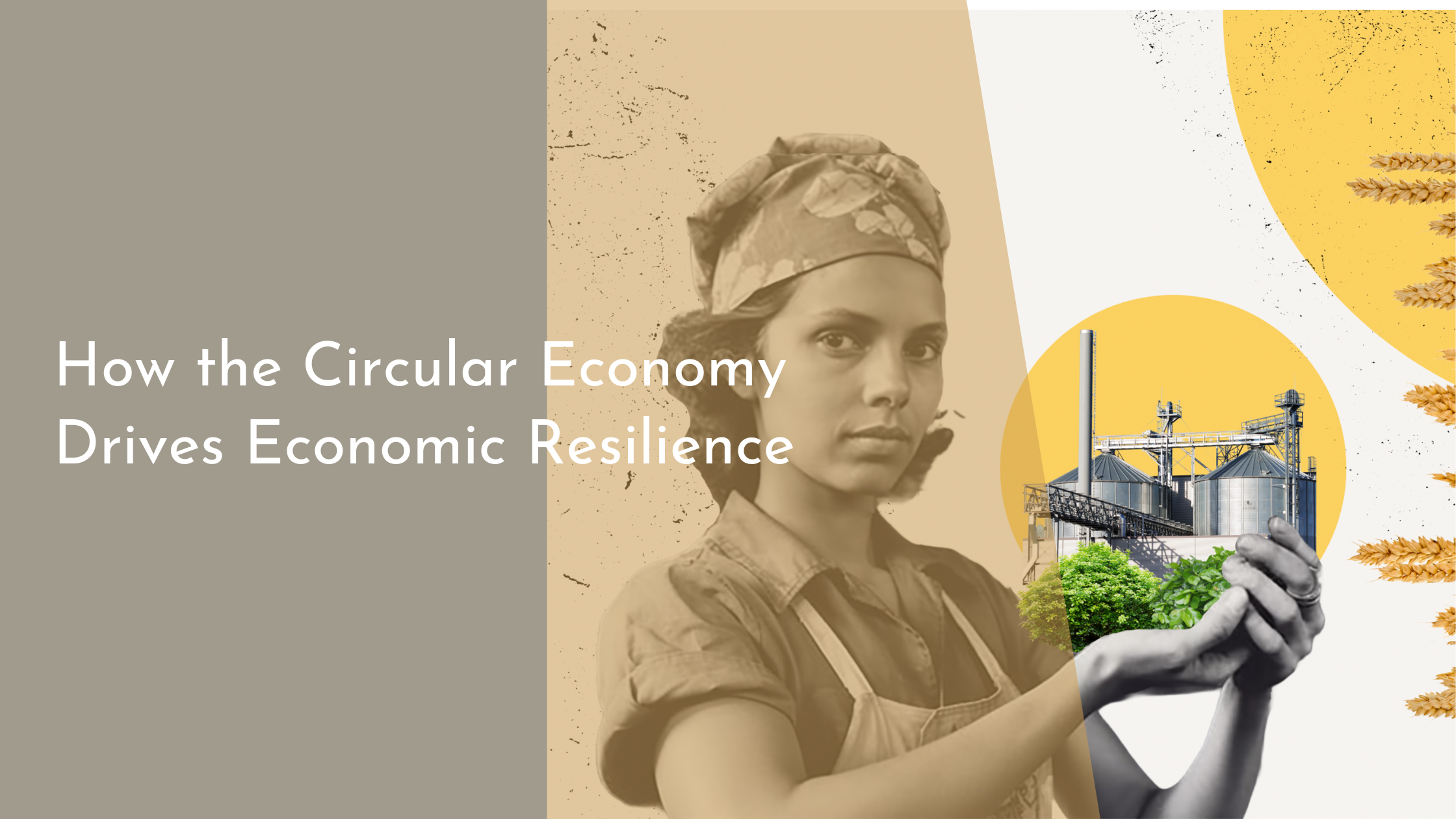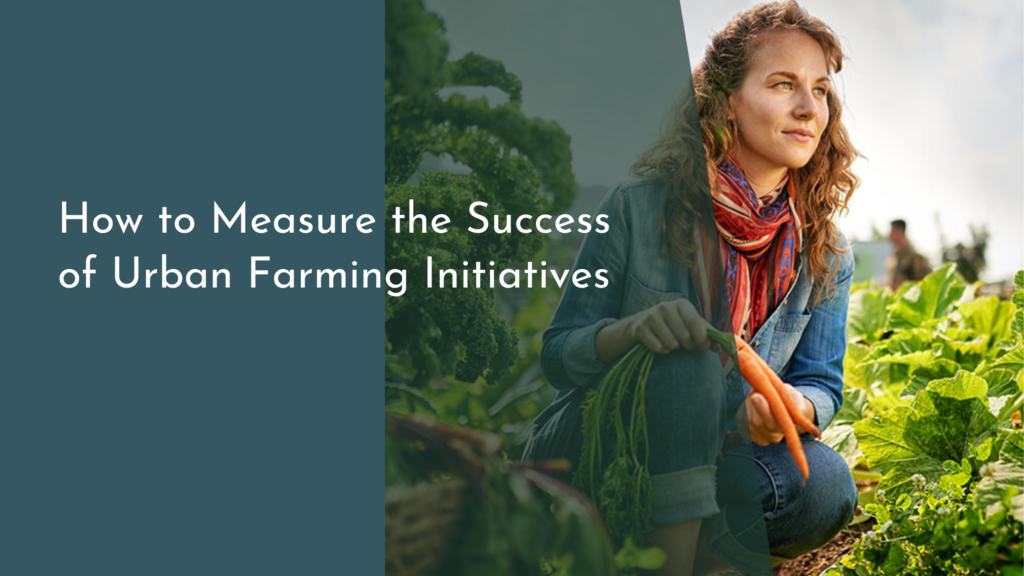How the Circular Economy Drives Economic Resilience
In an era where sustainability is no longer just a buzzword but a necessity, the circular economy has emerged as a beacon of hope. This innovative economic model not only champions environmental stewardship but also fortifies economic resilience. As businesses and communities worldwide grapple with the consequences of finite resources and environmental degradation, the circular economy offers a viable path forward. Let’s delve into how this model works, the benefits it brings to economic resilience, and how various entities have successfully adopted it, ultimately illustrating how we can all embrace a sustainable future together.
Understanding the Circular Economy Model
The circular economy model is a transformative approach that reimagines production and consumption. Unlike the traditional linear economic model, which follows a “take, make, dispose” trajectory, the circular economy emphasizes designing out waste and pollution, keeping products and materials in use, and regenerating natural systems. This model encourages the continuous use of resources by creating closed-loop systems where waste becomes a resource, leading to more sustainable and efficient production cycles.
Central to the circular economy is the concept of “design for longevity.” Products are crafted with durability and the potential for multiple life cycles in mind. This involves modular design, where parts can be easily replaced or upgraded, and using materials that are recyclable or biodegradable. Companies adopting this model focus on reducing resource dependence and environmental impact while innovating new business models that prioritize access over ownership, like leasing or product-as-a-service models.
Key Benefits for Economic Resilience
One of the most significant benefits of the circular economy is its ability to enhance economic resilience. By minimizing reliance on raw materials and reducing waste, businesses can shield themselves against volatile commodity prices and supply chain disruptions. This adaptability is crucial in an increasingly unpredictable global market. Moreover, by localizing supply chains and recycling materials, economies can reduce their dependence on international raw material sources, bolstering self-sufficiency and stability.
Economic resilience is further reinforced by the job creation potential within the circular economy. As companies innovate to circulate products and materials, new industries and roles emerge, from repair and refurbishment to recycling and remanufacturing. These sectors not only provide employment opportunities but also foster entrepreneurial growth and technological advancement, creating a more dynamic and resilient economic landscape.
Real-World Examples of Success Stories
Several pioneering companies have successfully integrated the circular economy into their operations. For instance, Swedish furniture giant IKEA has committed to becoming fully circular by 2030. It has launched initiatives such as furniture rental services and take-back schemes to ensure its products have extended life cycles. By doing so, IKEA not only reduces its environmental footprint but also enhances customer loyalty through sustainable practices.
Another compelling example is the city of Amsterdam, which has embraced circular principles to drive urban development. The city’s circular economy strategy focuses on construction, biomass, and consumer goods, aiming to halve the use of new raw materials by 2030. This initiative has led to innovative projects like circular building designs and urban farming, showcasing how municipalities can adopt circular strategies to drive economic resilience and sustainable growth.
Embracing a Sustainable Future Together
Transitioning to a circular economy is not just the responsibility of businesses and governments; it requires collective effort from individuals, communities, and organizations. By adopting sustainable consumption habits, such as choosing products with longer lifespans or supporting businesses with circular practices, consumers play a critical role in driving demand for sustainable solutions. Education and awareness are also essential to empower people to make informed choices that align with circular principles.
In embracing a sustainable future together, collaboration is key. Partnerships between businesses, governments, and non-profits can foster innovation and create shared value. By sharing knowledge and resources, stakeholders can develop scalable solutions that address environmental challenges while building economic resilience. The circular economy holds the promise of a prosperous and sustainable future, and by working together, we can realize its full potential.
The circular economy is more than just an economic model; it is a pathway to a resilient and sustainable future. By redefining our relationship with resources and waste, it offers hope and practical solutions to today’s pressing challenges. As we have seen, its benefits extend beyond environmental preservation to economic stability and job creation. Through understanding and adopting circular principles, we can all contribute to a thriving and sustainable world. Let us embrace this opportunity to transform our economies and societies for the better, paving the way for future generations to flourish.


